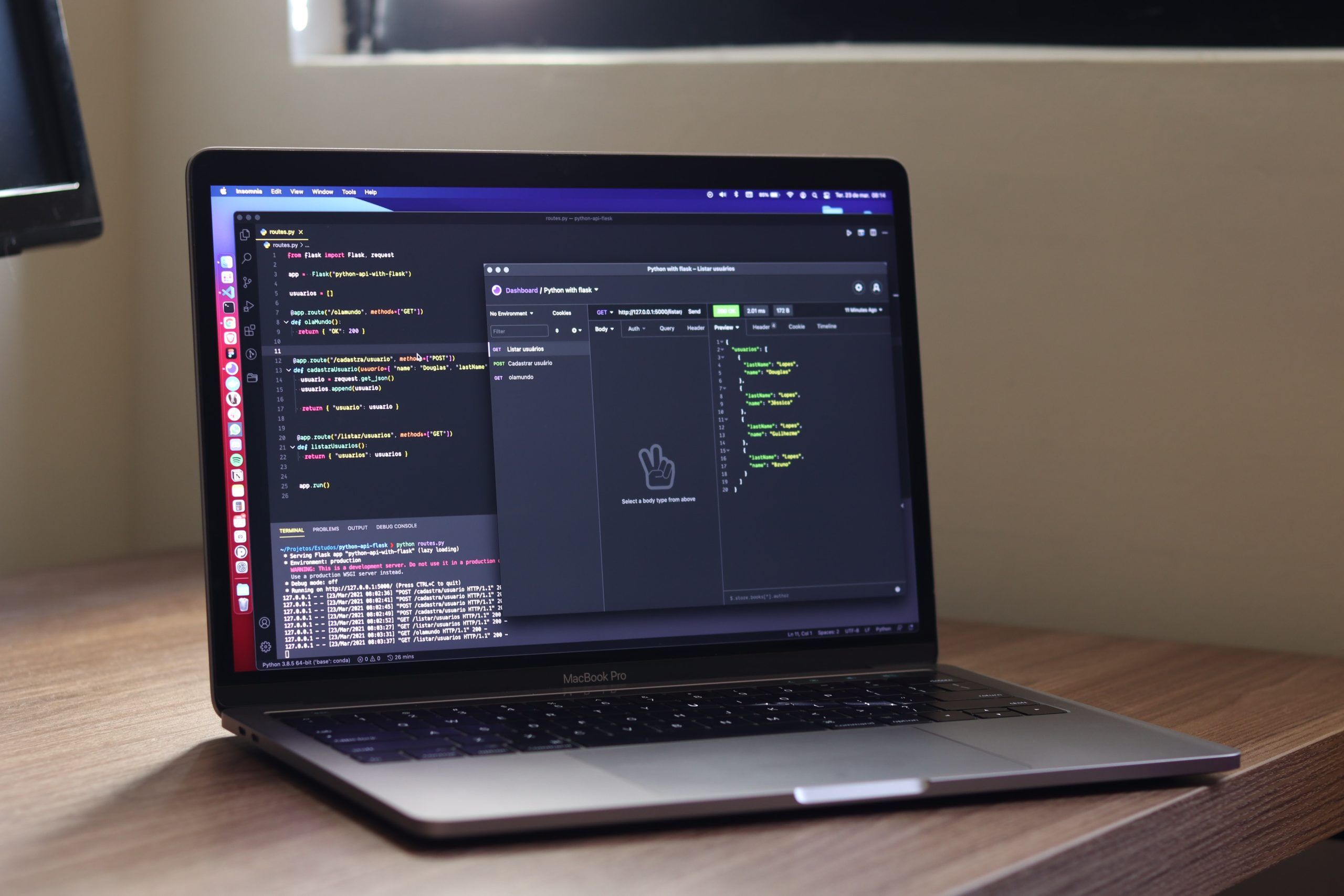Application Programming Interface (API) testing has become a cornerstone in guaranteeing the stability and functioning of modern programs in the ever-changing world of software development. It is critical to create strong software solutions by successfully navigating the API testing process. Today, we’ll look at some basic yet effective methods for navigating the API testing process like an expert.

Understanding the Basics
Before delving into the process of API test automation, it’s critical to understand the basics like the fact, that API serves as a link between different software systems. API testing includes investigating these interfaces’ capabilities, dependability, performance, and security.
Documentation is Your North Star
Thorough documentation is the foundation of effective API testing. Understanding the endpoints, request methods, arguments, and response formats is critical when dealing with a RESTful API, SOAP, or GraphQL. Spend time reviewing the API documentation given by the developers, since it will act as your guide throughout the testing process.
Leverage Automation for Efficiency
Manual testing is tedious and vulnerable to human mistakes. Utilize automation techniques to speed up the testing process. Tools like Functionize, Postman, RestAssured, and Newman may help you automate tedious processes, run test scenarios, and create detailed results. Automation not only improves efficiency but also assures uniform and repeatable test execution.
Prioritize Security Testing
In today’s digital world, security is non-negotiable. Prioritize security testing by investigating how the API handles login, authorization, and data encryption. To enhance your security measures, incorporate pentest automation tools to perform thorough penetration testing. These tools help identify vulnerabilities efficiently, ensuring that sensitive information is transmitted securely. A secure API is the backbone of a secure application. Perform penetration testing to discover weaknesses and guarantee that sensitive information is sent securely. A secure API is the backbone of a secure application.
Emulate Real-world Scenarios
Design test scenarios that mimic genuine user interactions to emulate real-world settings. Consider cases such as many requests, variable network circumstances, and unexpected input data. This allows you to detect possible bottlenecks, discover performance issues, and guarantee that the API operates optimally under a variety of scenarios.
Validate Responses Thoroughly
The essence of API testing is validation of answers. Make certain that the API delivers the requested data in the right format. Examine the status codes, response headers, and payload information. Use assertions in your test scripts to automate the validation process and discover any differences between the expected and actual results.
Monitor Performance Continuously
API testing is heavily reliant on performance. Employ performance testing to determine how the API operates under various loads and situations. Use tools like Apache JMeter or Gatling for simulating concurrent users and track response times. Continuous performance monitoring helps you to spot performance decline early on and handle any scaling concerns.
Version Control Is Your Safety Net
APIs change with applications. When dealing with modifications to API endpoints or features, version control is your safety net. Always use the most recent version of the API documentation and adapt your test scripts accordingly. By keeping up with version changes, you guarantee that your tests stay relevant and effective around the software development lifecycle.
Implement Test Data Management
Efficient test data handling is critical for thorough API testing. Create techniques for collecting, storing, and cleansing test data. Use a variety of data sets to cover a wide range of scenarios and edge circumstances. By correctly managing test data, you not only improve test accuracy but also promote a more resilient testing environment.
Effective Collaboration and Communication
Communication that is successful is the foundation of API testing success. Coordinate regularly with developers, QA teams, and other participants to understand the architecture and business needs of the application. Create a feedback loop to fix issues quickly, exchange ideas, and connect testing efforts with development goals. A participatory testing environment is fostered by open communication.

Error Handling: Expect the Unexpected
Expecting the unexpected is a great rule in the volatile world of software development. Examine how the API handles failures, edge cases, and unusual inputs. A well-designed API has robust error handling. You assist the general endurance of the application by predicting and verifying error circumstances.
Continuous Improvement and Adaptation
API testing is a dynamic industry, with new tools and approaches appearing on a regular basis. Keep up with industry trends, experiment with new tools, and always improve your abilities. Attend webinars, join groups, and participate in educational opportunities to remain up to date on the newest API testing advances. An anticipatory approach to learning guarantees that you can easily adjust to changes.
Building the API testing process necessitates a mix of technical skill, attention to detail, and an approach that is proactive. You can traverse the API testing world like a seasoned expert by grasping the basics, employing automation, prioritizing safeguards, and embracing continuous learning. Remember that API testing is about more than simply discovering bugs; it’s about guaranteeing the dependability, security, and performance of the apps that power our digital world. With these techniques in your toolbox, you’ll be well-equipped to face every obstacle of API testing and make a contribution to the introduction of high-quality software solutions.

